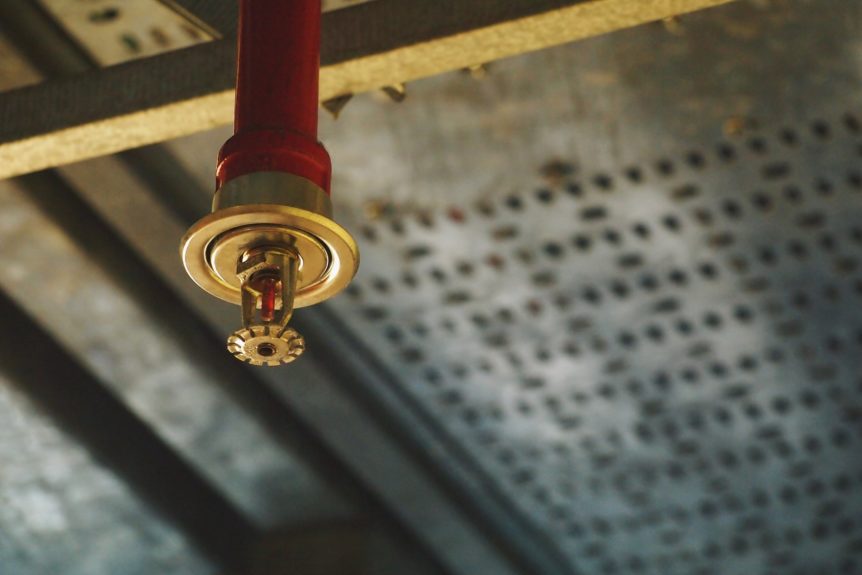Studies show that fire sprinkler systems are 98% effective at preventing property loss. With this mind, it’s so important to properly maintain a fire sprinkler system so that it can function properly and do its job to keep you safe.
What inhibits a sprinkler system from working to its fullest potential is corrosion. Since sprinkler pipes are metal and carry water, rust is only natural over time. All sprinkler system are susceptible to corrosion. But, knowing this, you can be prepared.
Here you will find a quick explanation of how to prevent corrosion in your fire sprinklers.
What Is Corrosion?
Corrosion is an electrochemical reaction between certain metals and oxygen. It occurs when these metals become oxidized, meaning that they lose electrons to the oxygen in the air or water. The oxygen gains electrons and forms a distinct chemical layer called an oxide on the metal’s surface.
In the context of high school chemistry, this is actually the process by which refined metals return to a more stable state. However, for business owners, corrosion is a costly problem that can cause infrastructure to fall apart if not treated.
In the specific case of fire sprinklers, the process of corrosion can leave you with an immense safety hazard. It can lead to a buildup of rust in your pipes which, among other things, means a loss of water pressure and the deterioration of the system’s structural integrity.
How to Prevent Corrosion
Preventative maintenance is crucial to the process of preventing corrosion. Regular inspections should be done every 5 years. This may involve flushing the system, as even just a half cup of corroded debris can form enough buildup to clog your pipes.
The National Fire Prevention Association also requires a visual inspection annually. This involves observing the entire system and looking for specific signs of damage, including but not limited to physical leaks or the running of an air compressor when there shouldn’t be.
If your sprinkler system is found to have any corrosion, inspection may become necessary more frequently from that point onward. Once the system starts to corrode, corrosion typically only multiplies and continues to grow.
Signs of Corrosion
When performing an inspection, inspectors focus in on these potential signs of corrosion.
- Leaking pipes
- Black water or a foul odor (a sulfur-like, rotten egg smell)
- Reduced water pressure
- Metallic particles in the stream of water
- Visible buildup in pipes
Microbiological Influenced Corrosion
Microbiologically influenced corrosion (MIC) is corrosion that is specifically caused by small microbes found in the water. This can damage new and old systems alike. In addition to regular inspections, MIC is controlled by regular water tests.
Flushing the System
To reduce the amount of buildup in your pipes, your sprinkler system may only require regular flushing. This process is much less costly than replacing an entire system.
However, over time, the system may become more susceptible to buildup and will need to be inspected and flushed more frequently. At this point, it may be necessary to replace the system or consider other preventative options.
Keep Your Fire Sprinkles in Good Shape
Preventing fires is the duty of everyone. As a building owner or manager, it is your responsibility to maintain the integrity of the fire sprinkler system.
If you would like to find out more about how to prevent corrosion and other fire safety tips, please visit our blog.

